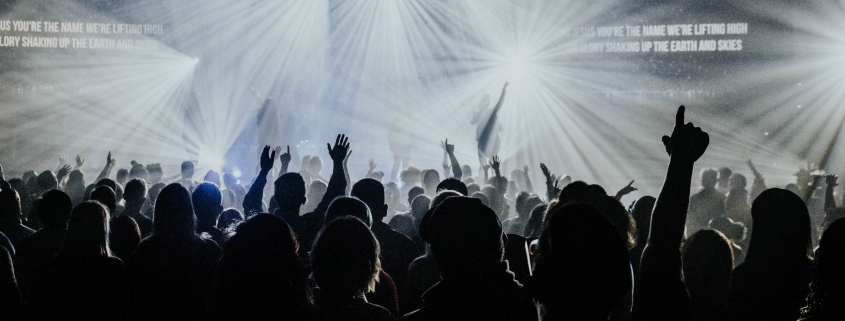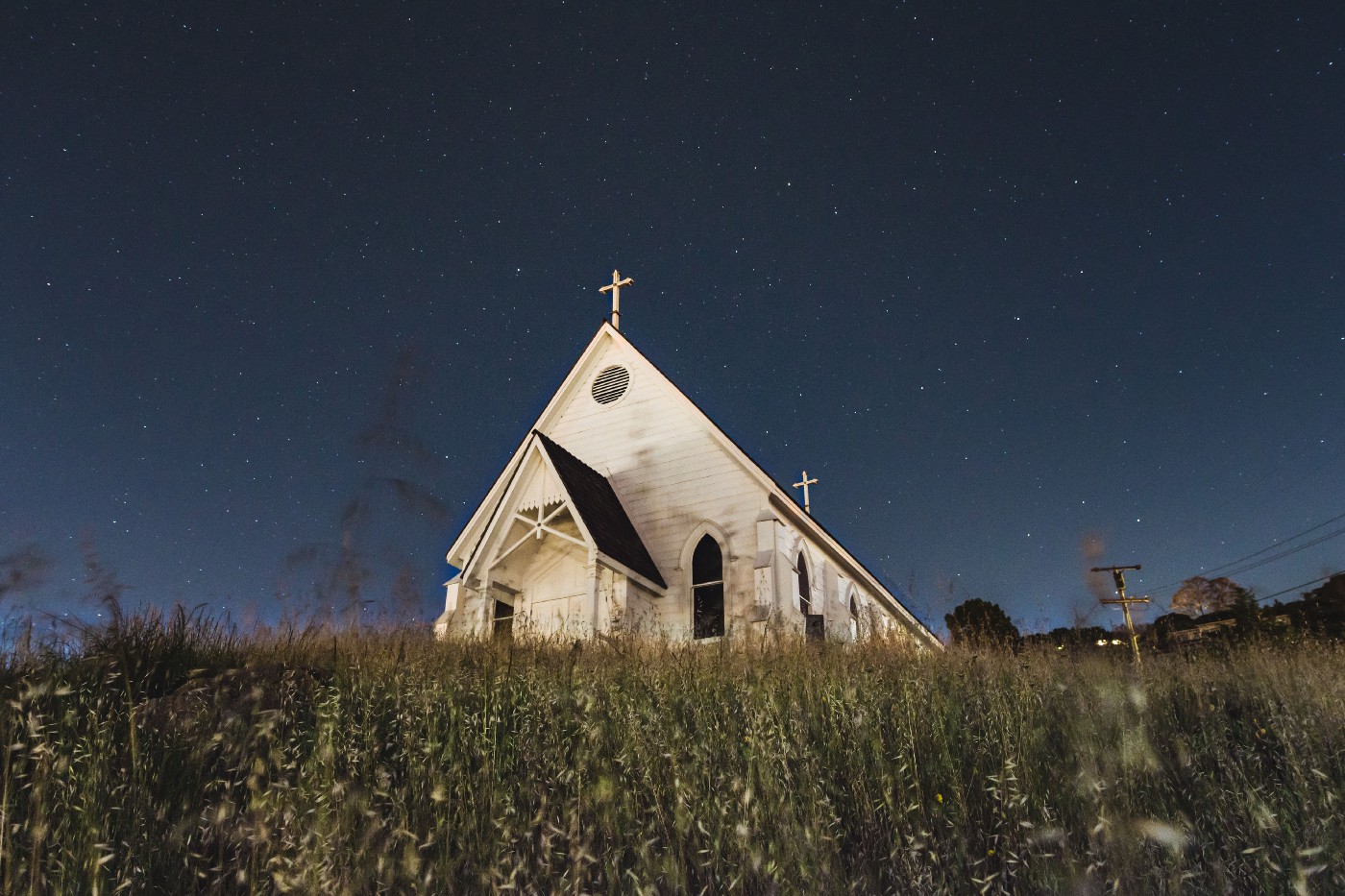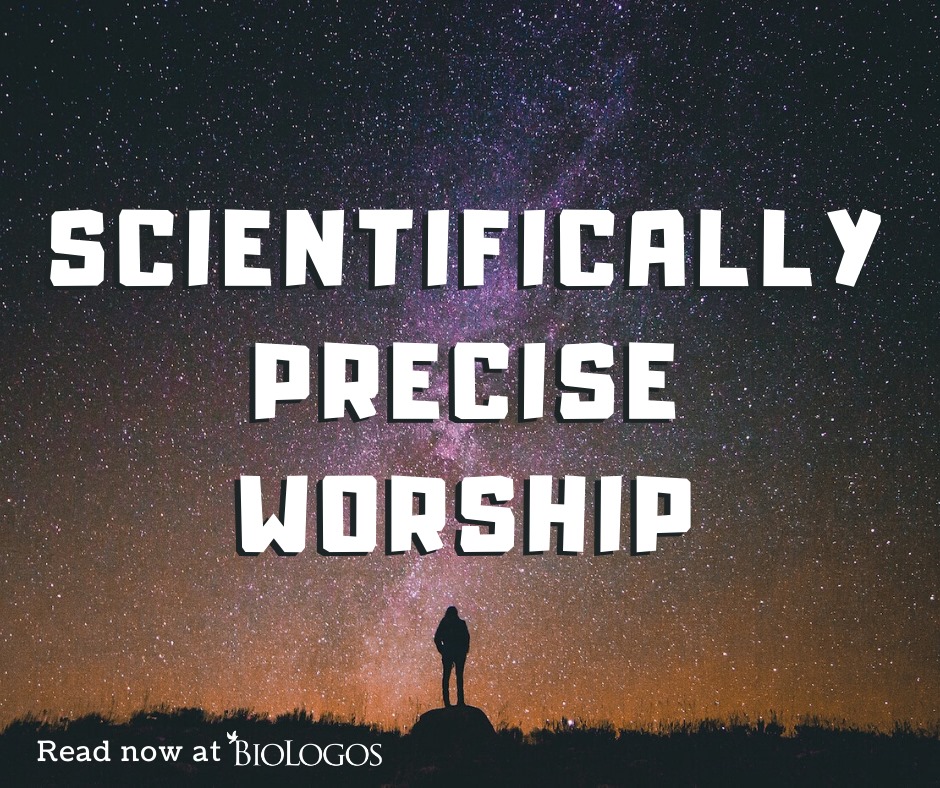The Evolution of Consciousness and Modern Worship
This article originally appeared on September 27, 2021 at The Center for Christogenesis.
The sound of a thousand people singing filled the room in perfect sync with the driving sound of the band. As we sang and played, my eyes looked around the room. These were people whose stories I knew.
As a worship leader, I always wanted to know our people well enough to be able to see them from the stage. Knowing what they were hoping for, celebrating, or grieving allowed me to see and be with them while we were singing.
Making this gathering possible were musicians playing a variety of acoustic and electric instruments, vocalists singing in harmonies, a combination of plugin and wireless technology, and experienced technicians working to balance the sound, project the lyrics, and light the room.
This type of worship is what most evangelical churches in America experience every week. For many, these gatherings are powerful moments of connection with self, neighbor, and God. For others, the idea of singing songs to a deity feels awkward. After all, is anyone still singing songs to Zeus? Then for some of us, the lyrics of the songs can trigger deeply held trauma by ascribing to God the wrath and punishment that remind us of abuse we suffered as children.
In Re-enchanting the Earth: Why AI Needs Religion, Ilia Delio explores the development of consciousness across the millennia from pre-axial, through axial, to second axial consciousness. What if we considered the nature of our liturgies, worshipers, and gatherings in light of what we are learning about consciousness? How might a deeper understanding of pre-axial, axial, and second axial consciousness affect the complex experience of connection and disconnection that many of us feel in worship?










Leave a Reply
Want to join the discussion?Feel free to contribute!